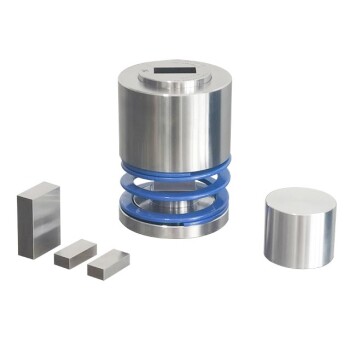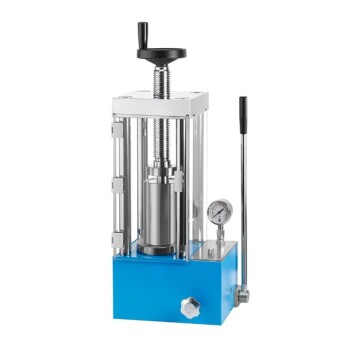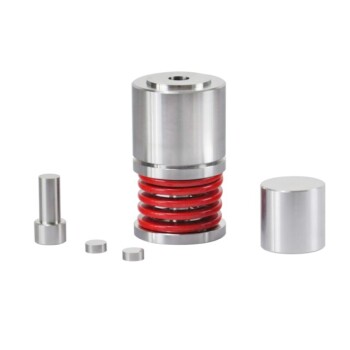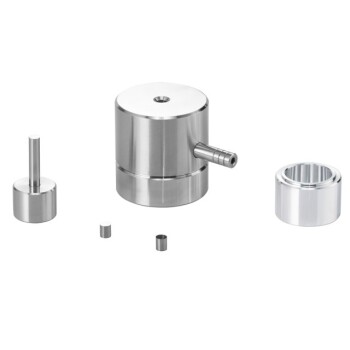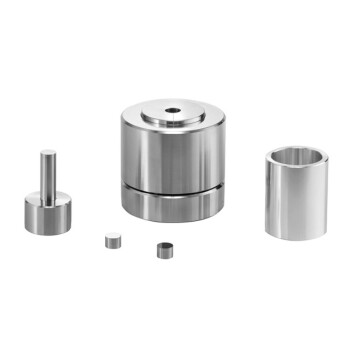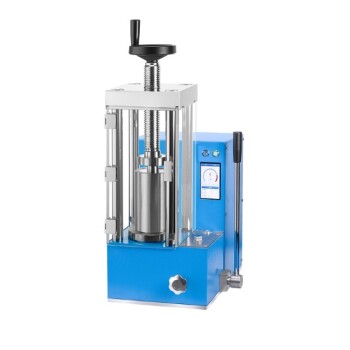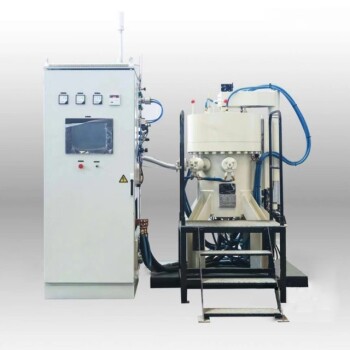Grouting Stage
High Speed Filling
High-speed grouting is a critical phase in the precision ceramic injection molding process, particularly when the shear rate is elevated. During this phase, the plasticizer, which is predominantly organic, undergoes a phenomenon known as shear thinning. This effect significantly reduces the viscosity of the plasticizer, thereby decreasing the overall flow resistance. The reduction in viscosity allows the ceramic slurry to flow more freely and efficiently through the mold, enhancing the filling process.
Additionally, the high-speed flow of the slurry generates local viscous heating. This heating effect contributes to a thinner cured layer, which is advantageous for several reasons. A thinner cured layer ensures that the final product has better dimensional accuracy and surface finish. It also reduces the likelihood of defects such as warping or cracking, which can occur if the cured layer is too thick.
To summarize, the interplay between shear thinning and viscous heating during high-speed filling optimizes the flow characteristics of the ceramic slurry, leading to improved mold filling and ultimately higher quality ceramic products.
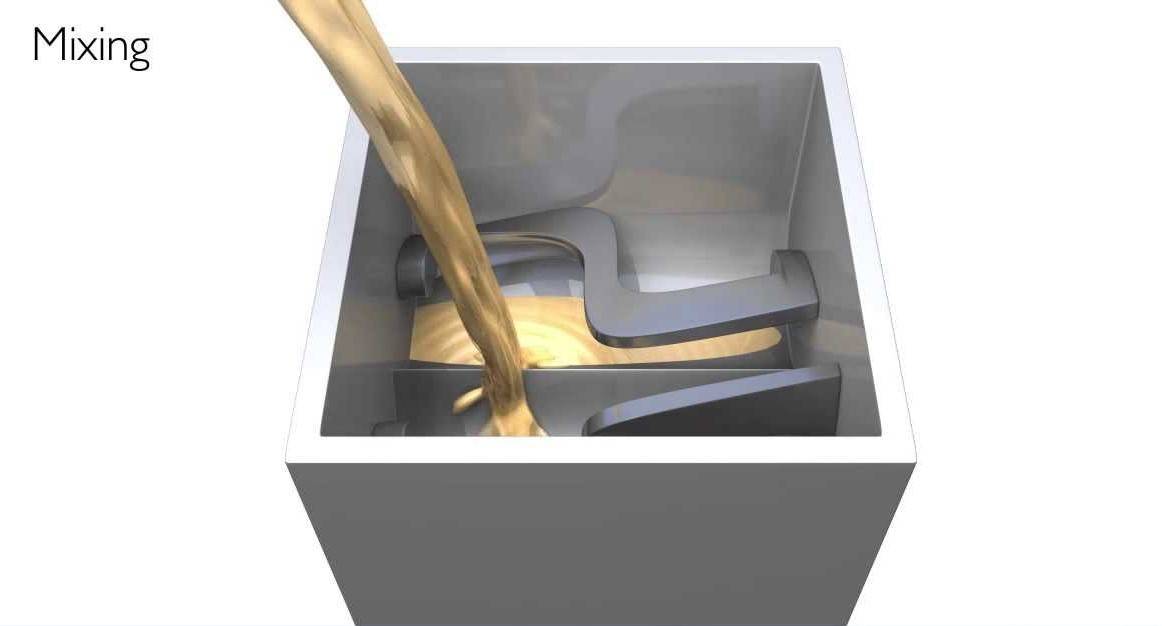
Low Speed Filling
During the low-speed filling phase of precision ceramic injection molding, thermal conduction plays a pivotal role in controlling the flow dynamics. Unlike high-speed filling, where shear rates are high and viscosity is reduced due to shear thinning, low-speed filling operates under a different set of conditions. Here, the shear rate is significantly lower, resulting in higher local viscosities and increased flow resistance. This higher viscosity can be attributed to the slower movement of the hot ceramic slurry, which allows for more pronounced interactions between the slurry particles and the mold walls.
The slower replenishment rate of the hot slurry is a critical factor in this process. As the slurry moves more sluggishly through the mold, the heat conduction effect becomes more pronounced. This enhanced heat conduction rapidly transfers heat away from the hot slurry to the colder mold walls, facilitating a more efficient cooling process. The thermal gradient established between the hot slurry and the cold mold walls ensures that the slurry cools more uniformly, which is essential for achieving the desired product characteristics.
In summary, low-speed filling is characterized by its reliance on thermal conduction to manage the flow of the ceramic slurry. The lower shear rates and higher local viscosities create a more controlled environment, allowing for better heat dissipation and more uniform cooling of the molded product. This methodical approach to filling is crucial for maintaining the integrity and quality of the final ceramic part.
Holding Pressure Stage
Pressure Compaction
The holding pressure stage plays a crucial role in the precision ceramic injection molding process, primarily by applying continuous pressure to compact the slurry. This pressure is essential for enhancing the density of both the plasticizer and the ceramic powder, a process known as densification. By maintaining a steady pressure, this stage effectively compensates for the shrinkage behavior of the plasticizer, ensuring that the final product maintains its intended dimensions and structural integrity.
During this phase, the ceramic slurry, which contains a mixture of plasticizer and ceramic powder, undergoes significant changes. Under the influence of the applied pressure, the slurry's partially compressible properties become evident. In regions where the pressure is higher, the slurry—comprising both the ceramic powder and the organic matter—becomes more dense, resulting in a higher overall density. This densification process is vital for achieving the desired mechanical properties and dimensional accuracy of the final ceramic component.
The pressure compaction stage not only influences the physical properties of the slurry but also sets the foundation for the subsequent cooling and demolding stages. By ensuring that the slurry is adequately compacted, this stage reduces the likelihood of defects such as porosity or uneven shrinkage, which can compromise the quality of the final product. Thus, the holding pressure stage is a critical step in the overall process of precision ceramic injection molding, contributing to the production of high-quality ceramic components with precise dimensions and robust structural integrity.

Flow and Resistance
During the holding pressure phase in precision ceramic injection molding, the ceramic slurry, which contains a plasticizer, exhibits partially compressible properties due to the significant pressure applied. This high pressure environment causes the slurry, composed of ceramic powder and organic matter, to become denser. As a result, the density of the slurry increases in regions where the pressure is most intense.
The increase in density is a critical aspect of this phase, as it aids in the compaction and densification of the material. This densification process helps to compensate for the shrinkage behavior of the plasticizer, ensuring that the final product maintains its intended shape and dimensions.
To better understand the relationship between pressure and density, consider the following table:
| Pressure Level | Slurry Density | Impact on Compaction |
|---|---|---|
| Low Pressure | Lower Density | Less Effective Compaction |
| High Pressure | Higher Density | More Effective Compaction |
The table illustrates how higher pressures lead to greater densification, which is essential for achieving the desired properties in the final ceramic product. This phase is crucial for ensuring that the ceramic parts are dense and free from defects, which is a key requirement for their functionality and durability.
Cooling Stage
Cooling System Design
In the injection molding mold, the design of the cooling system is crucial. This system ensures that the molding slurry, a mixture of powder and organic components, is cooled and cured to a specific rigidity before demolding. Proper cooling prevents ceramic wet blank products from deforming due to external forces, thereby maintaining the integrity and quality of the final product.
The effectiveness of the cooling system is influenced by several factors:
-
Mold Material and Cooling Method: The choice of mold material and the method of cooling can significantly impact the rate at which heat is removed from the slurry. Materials with high thermal conductivity, such as certain metals, facilitate faster cooling.
-
Cooling Water Pipe Configuration: The arrangement and design of cooling water circulator pipes within the mold can optimize the flow of coolant, ensuring uniform cooling and preventing hotspots that could lead to deformation.
-
Coolant Flow and Nature: The flow rate and properties of the coolant, such as its temperature and thermal conductivity, play a vital role in the cooling process. A coolant with the right balance of these properties can expedite the cooling process without causing thermal stresses.
-
Plasticizer Selection and Processing Parameters: The type of plasticizer used and the settings of processing parameters, such as pressure and temperature, can influence how the slurry behaves during cooling. These factors must be carefully considered to ensure that the slurry cools uniformly and reaches the desired rigidity.
By meticulously designing the cooling system and considering these factors, manufacturers can ensure that their ceramic injection molding products meet the required standards of quality and durability.
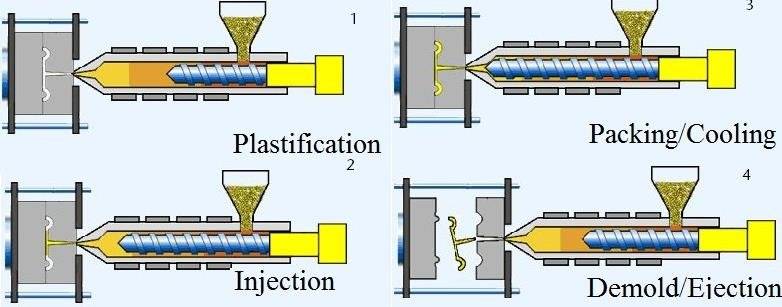
Factors Affecting Cooling
The cooling rate of ceramic injection molding products is influenced by a multitude of factors, each playing a crucial role in determining the final quality and integrity of the molded parts. These factors can be broadly categorized into design aspects, material properties, and operational parameters.
Design Aspects:
- Ceramic Wet Blank Products Design: The geometry and thickness of the ceramic parts significantly impact the cooling process. Thicker sections take longer to cool, potentially leading to uneven curing and deformation.
- Cooling Water Pipe Configuration: The arrangement and density of cooling water pipes within the mold directly affect heat dissipation. An optimal configuration ensures uniform cooling, preventing hot spots that could compromise part integrity.
Material Properties:
- Mold Material and Its Cooling Method: The choice of mold material, such as steel or aluminum, influences thermal conductivity. Materials with higher thermal conductivity facilitate faster cooling.
- Nature of the Coolant: The type of coolant used, whether water or a specialized liquid, affects its ability to absorb and dissipate heat. Coolants with higher specific heat capacities are more effective at cooling.
- Plasticizer Selection: The type and properties of the plasticizer can influence the viscosity and flow of the ceramic slurry, impacting how heat is distributed and removed during cooling.
Operational Parameters:
- Coolant Flow: The rate at which the coolant flows through the cooling channels is critical. Higher flow rates can enhance heat transfer but may also lead to thermal gradients if not managed properly.
- Processing Parameter Setting: Parameters such as injection speed, holding pressure, and cooling time must be meticulously set to ensure optimal cooling. Incorrect settings can result in suboptimal cooling rates and part defects.
Each of these factors interacts in complex ways, requiring careful consideration and optimization to achieve the desired cooling rate and product quality.
Demolding Stage
Demolding Process
Demolding is the final stage of the injection molding cycle, marking the transition from a solidified ceramic product to a fully formed part ready for further processing. Despite the product being cold and solid, the demolding process remains critical to maintaining the integrity and quality of the final product. Improper demolding techniques can lead to several issues, including uneven demolding forces, which may result in product deformation or other defects.
To mitigate these risks, the demolding process must be meticulously planned and executed. Key considerations include the uniformity of ejection forces and the structural integrity of the product at the point of ejection. For instance, using a top bar release mold, the placement of the top bar should be strategically chosen to align with areas of maximum strength and rigidity within the plastic parts. This ensures that the ejection process does not cause unnecessary stress or deformation.
Additionally, the design of the mold itself plays a pivotal role in the demolding process. The mold should be engineered to facilitate smooth and even ejection, minimizing the risk of defects. This involves careful consideration of the product's structural characteristics and the selection of appropriate demolding methods that align with these attributes.
In summary, while the demolding stage may seem straightforward, it is a critical process that requires careful planning and execution to ensure the quality and integrity of the final ceramic product.
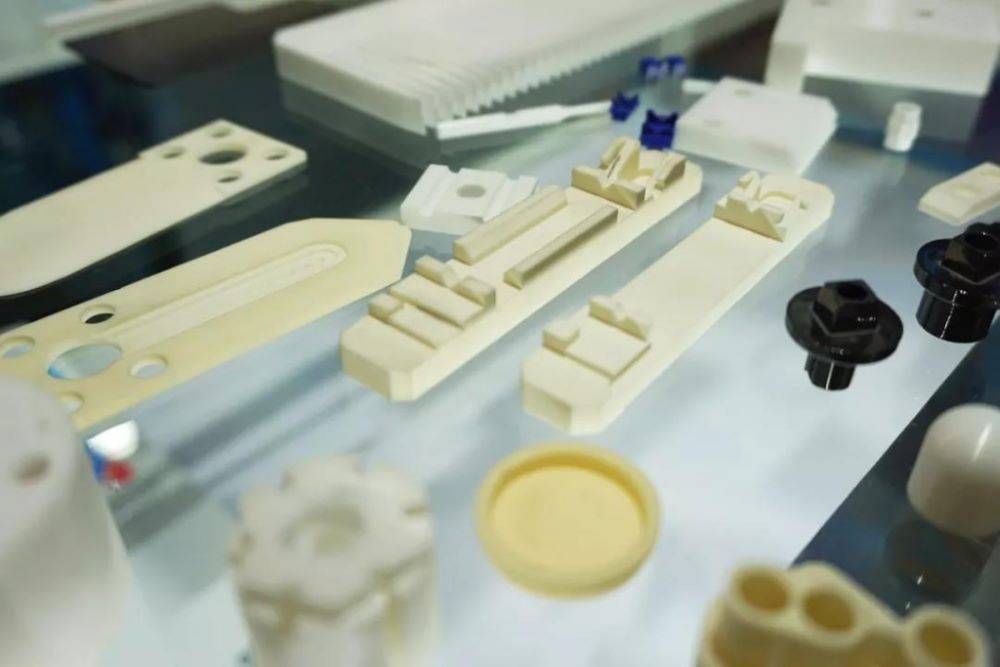
Mold Design Considerations
When designing the mold, it is crucial to select the appropriate demolding method based on the structural characteristics of the product to ensure its quality. For molds that utilize top bar release, the distribution of the top bars should be as uniform as possible. The placement of these top bars should be strategically chosen in areas where the demolding resistance is significant, and where the plastic parts exhibit maximum strength and rigidity. This strategic placement helps to mitigate the risk of deformation and damage to the plastic parts during the demolding process.
To further illustrate the importance of top bar placement, consider the following table:
| Top Bar Placement | Demolding Resistance | Strength and Rigidity | Potential Issues |
|---|---|---|---|
| Uniform Distribution | High | High | Minimal Deformation |
| Non-Uniform Distribution | Low | Low | High Risk of Damage |
By ensuring a uniform distribution and optimal placement, the mold design can significantly enhance the overall quality and durability of the plastic parts, thereby reducing the likelihood of defects during the demolding stage.
Related Products
- Isostatic Molding Pressing Molds for Lab
- Cylindrical Press Mold with Scale for Lab
- Square Bidirectional Pressure Mold for Lab Use
- Special Shape Press Mold for Lab
- Manual Cold Isostatic Pressing Machine CIP Pellet Press
Related Articles
- Comprehensive Guide to Isostatic Pressing: Types, Processes, and Features(3)
- Understanding Isostatic Pressing: Process, Benefits, Limitations, and Applications
- What is Isostatic Pressing Machine
- The Benefits of Using Isostatic Pressing in Manufacturing
- Zirconia Ceramic Rod Production Processes: Isostatic Pressing vs. Dry Pressing



